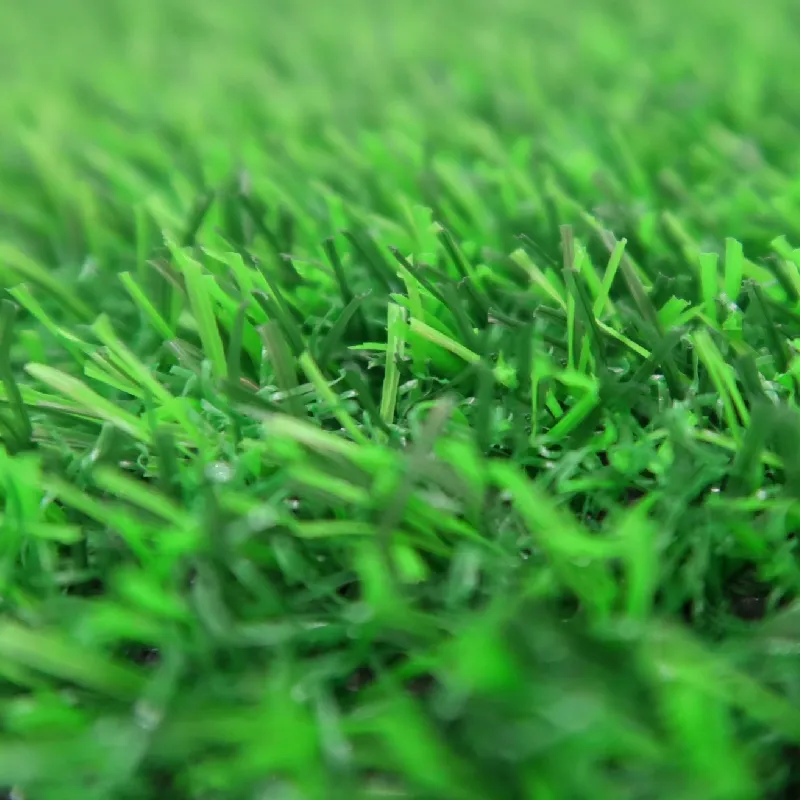
- Afrikaans
- Arabic
- Belarusian
- Bengali
- Czech
- Danish
- Dutch
- English
- Esperanto
- Estonian
- Finnish
- French
- German
- Greek
- Hindi
- Hungarian
- Icelandic
- Indonesian
- irish
- Italian
- Japanese
- kazakh
- Rwandese
- Korean
- Kyrgyz
- Lao
- Latin
- Latvian
- Malay
- Mongolian
- Myanmar
- Norwegian
- Persian
- Polish
- Portuguese
- Romanian
- Russian
- Serbian
- Spanish
- Swedish
- Tagalog
- Tajik
- Thai
- Turkish
- Turkmen
- Ukrainian
- Urdu
- Uighur
- Uzbek
- Vietnamese
Innovative Solutions for Synthetic Grass and Turf Installation and Maintenance
Dec . 13, 2024 02:54 Back to list
Artificial Grass and Turf Solutions Transforming Spaces with Versatility and Sustainability
In recent years, the demand for artificial grass and turf solutions has soared dramatically. The shift from traditional natural grass to synthetic alternatives is driven by a variety of factors, including environmental concerns, maintenance costs, and lifestyle changes. These innovative products are not just for sports fields or playgrounds anymore; they are becoming a popular choice for residential lawns, commercial spaces, and even indoor applications.
Benefits of Artificial Grass
One of the most significant benefits of artificial grass is its low maintenance requirement. Traditional grass lawns can demand hours of upkeep each week, including mowing, watering, fertilizing, and pest control. In contrast, synthetic turf requires minimal maintenance—just occasional cleaning and brushing to keep the blades upright and free from debris. This time-saving advantage allows homeowners and facility managers to enjoy a beautiful, green lawn without the work associated with maintaining natural grass.
Moreover, artificial grass is highly durable and can withstand a variety of weather conditions. Unlike natural grass, which may yellow or die during extreme heat or drought, synthetic alternatives retain their vibrant color and texture year-round. This resilience makes artificial turf an ideal solution for areas facing water restrictions, as it doesn’t require regular watering to stay lush and green.
Environmental Considerations
As water scarcity becomes an increasing concern in many regions, artificial grass offers a sustainable solution. By eliminating the need for watering and chemical treatments, synthetic turf significantly reduces the environmental impact associated with traditional lawn care. Additionally, modern artificial grass is often made from recycled materials and is fully recyclable at the end of its life cycle, further enhancing its green credentials.
There are also advancements in manufacturing technology that allow for the production of more environmentally friendly turf options. Some companies are developing non-toxic, lead-free materials that ensure safety for children and pets, making artificial grass a practical choice for residences, schools, and parks.
artificial grass and turf solutions

Versatility of Usage
Artificial grass and turf solutions are versatile, making them suitable for numerous applications. From residential lawns to commercial landscapes, rooftop gardens to sports fields, the uses are endless. Homeowners can transform their backyards into low-maintenance havens that can accommodate family gatherings, social events, or simply a relaxing place to enjoy nature—all without the hassle of regular upkeep.
In commercial settings, businesses are discovering the appeal of synthetic turf. Landscapers can create visually appealing spaces that attract customers. Restaurants and cafes utilize artificial grass to enhance outdoor seating areas, providing a pleasant atmosphere devoid of mud or grass stains. Furthermore, companies that have installed synthetic turf find it a valuable asset in creating an enjoyable work environment, which can boost employee morale and productivity.
Athletic facilities, schools, and parks have also embraced artificial turf. It provides a consistent playing surface for athletes while minimizing the risks associated with natural grass, such as muddy fields or uneven terrain. This leads to safer playing conditions, allowing sports activities to proceed regardless of weather conditions.
Choosing the Right Solution
When considering artificial grass, it is essential to select a product tailored to specific needs. Factors such as intended use, aesthetic preferences, and budget should all be taken into account. Working with a knowledgeable supplier or installer can help ensure that the right type of turf is selected for any given application.
In conclusion, artificial grass and turf solutions present a multitude of benefits in terms of maintenance, environmental impact, and versatility. As awareness of these advantages continues to grow, synthetic turf will increasingly become an integral part of landscaping and sports environments. Whether for residential, commercial, or recreational purposes, artificial grass encourages a sustainable and attractive alternative to traditional grass, transforming outdoor spaces into beautiful, functional areas for enjoyment and activity.
-
The Benefits of Artificial Turf for Indoors
NewsJul.15,2025
-
How Artificial Grass Suppliers Ensure Quality Products
NewsJul.15,2025
-
Artificial Grass and Pets: A Space for Relaxation
NewsJul.08,2025
-
Balcony & Outdoor Decoration with Artificial Grass
NewsJul.08,2025
-
Best Indoor Artificial Grass for Home
NewsJul.07,2025
-
Best Pet Turf for Dogs: Safe & Durable Artificial Grass Options
NewsJul.07,2025
Products categories









